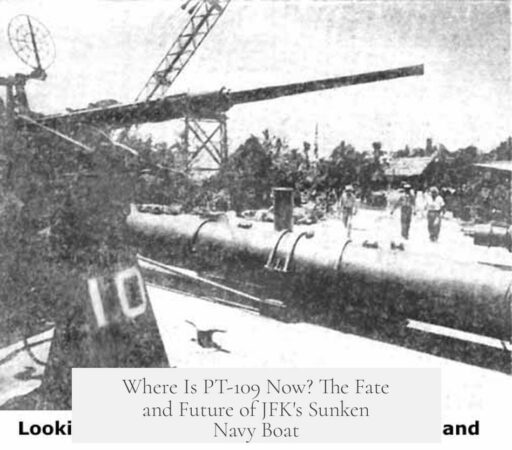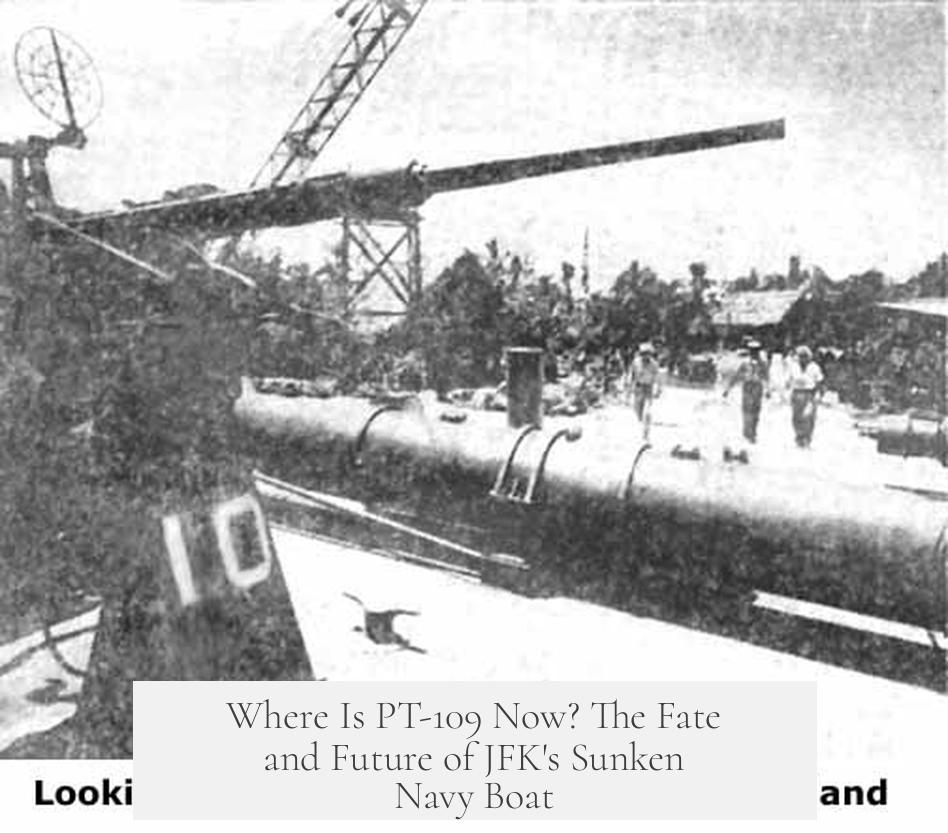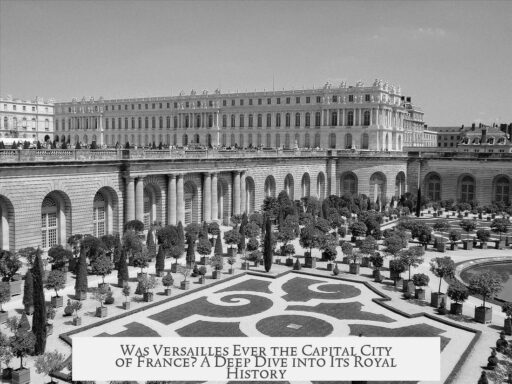PT-109, the Navy boat commanded by John F. Kennedy during World War II, remains at the bottom of the ocean in the narrow strait between Gizo and Vonavona in the Western Province of the Solomon Islands. The boat was sunk in two halves after a collision with a Japanese destroyer in 1943. Its wreckage is scattered across a large area of the seafloor. Due to its status as a war grave, the site is protected by naval policies that prohibit disturbance or salvage.
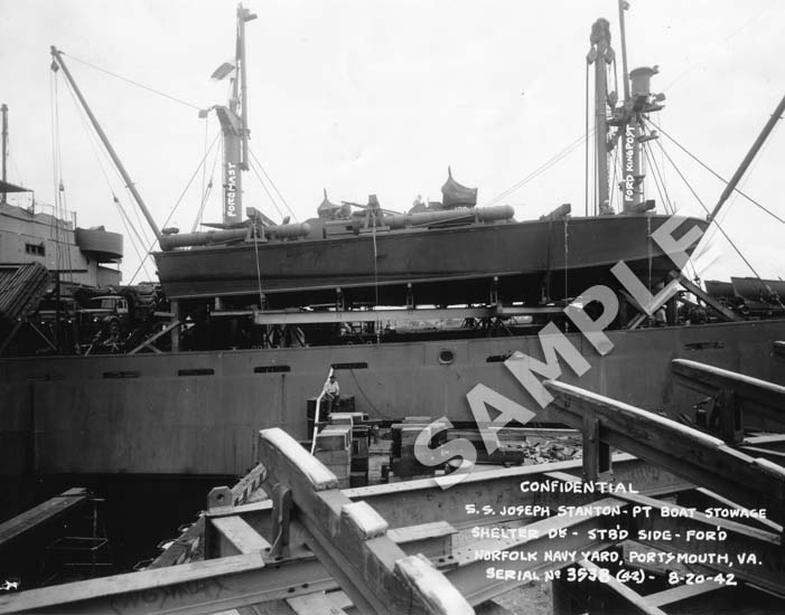
The U.S. Navy’s Maritime Archaeologists oversee PT-109 as well as all other U.S. Naval wrecks worldwide, ensuring respect and protection. The wreck was located and documented through a National Geographic-funded expedition in the early 2000s, which showed the site was fragmented. Despite the discovery, no efforts have been made to raise the boat.
Recovering any part of PT-109 presents several problems. The currents in the strait are strong and challenging for divers and salvage crews. Moreover, the wreck site may contain unexploded ordnance (UXO) from wartime that poses severe risks during any disturbance. The Solomon Islands still encounter many remnants of World War II, including sunken landing craft, decaying pontoon bridges, and UXO that causes ongoing hazards in the region.
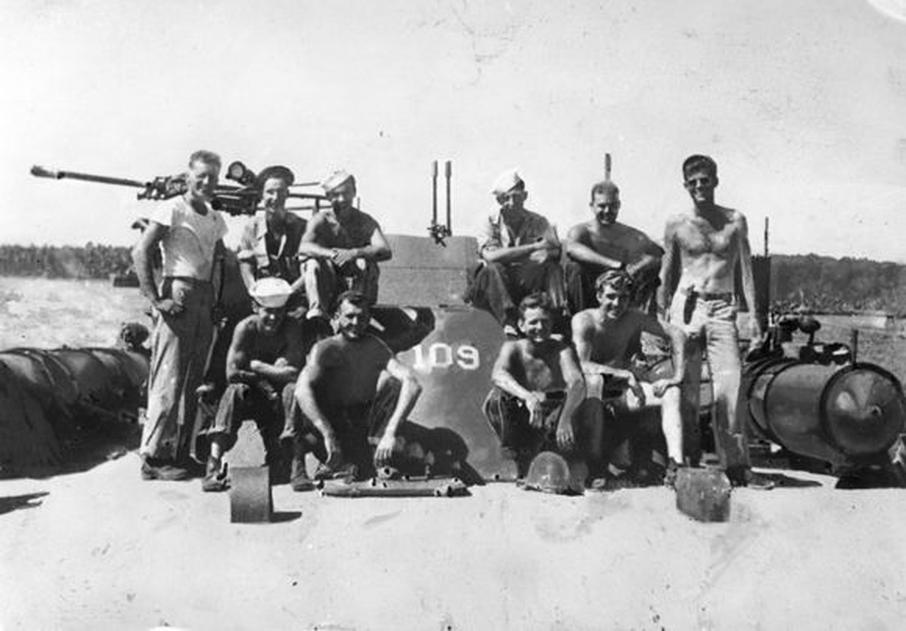
The combination of legal protection as a war grave, hazardous environmental conditions, and potential explosives has prevented any salvage attempts. While public interest exists, and historical projects like the National Geographic search have documented the wreck extensively, there is no active movement to raise or recover PT-109 from the ocean floor at present.
| Aspect | Details |
|---|---|
| Location | Ocean floor between Gizo and Vonavona, Solomon Islands |
| Status | Sunken vessel in two halves, war grave protected by law |
| Protection | Naval Maritime Archaeologists oversight, Sunken Military Craft Act |
| Salvage challenges | Strong currents, risk of unexploded ordnance, large debris field |
| Search efforts | National Geographic expedition (early 2000s), successful location |
| Current salvage status | No rescue or raising projects underway |
Key points:
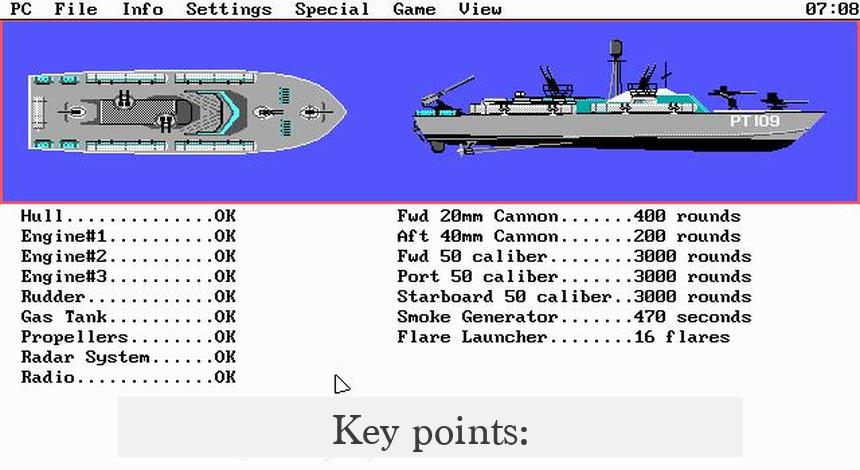
- PT-109 remains at the bottom of Solomon Islands waters, split in halves.
- It is a protected war grave, barring salvage or disturbance.
- Strong currents and unexploded ordnance complicate any recovery attempts.
- National Geographic located the wreck in the early 2000s but no recovery took place.
- The Solomon Islands contain numerous WWII remnants and dangerous UXO across the region.
Where is PT-109 Now? The Fate of JFK’s Legendary Navy Boat
So, where is PT-109 today? The short answer: it rests quietly at the bottom of the strait between Gizo and Vonavona in the Solomon Islands’ Western Province. Yes, that iconic torpedo boat, commanded by John F. Kennedy during World War II, lies there still—split in half and scattered over a wide area underwater.
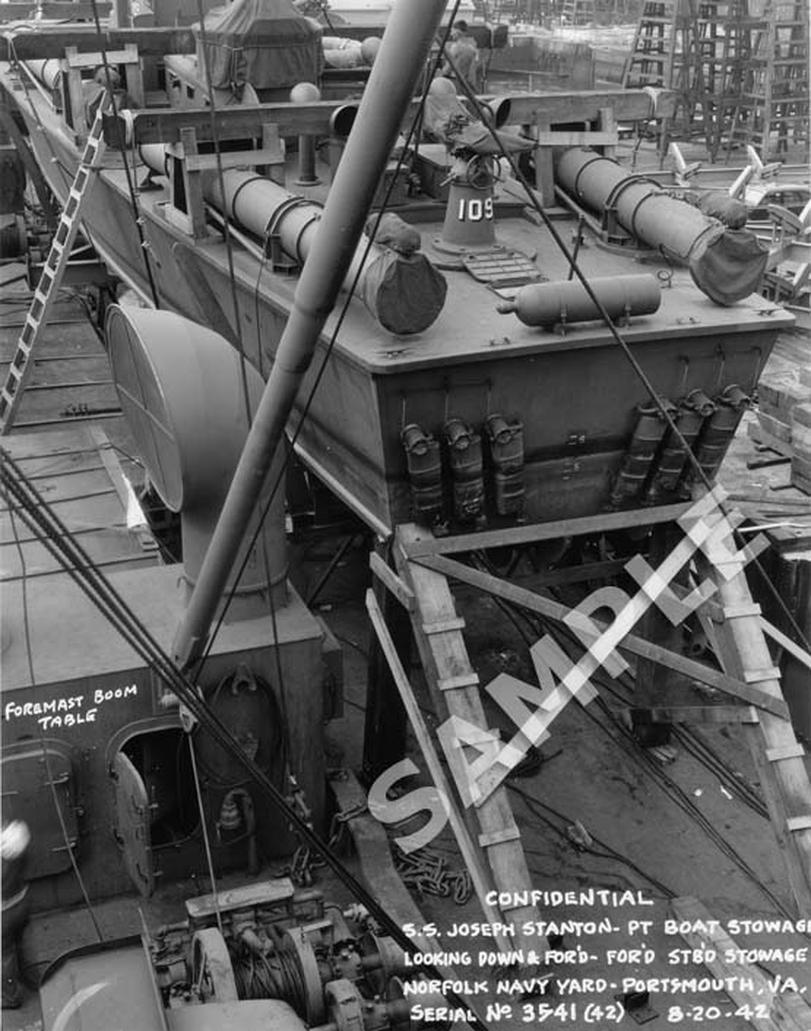
But before you dream of a daring underwater rescue mission, let’s unpack the story behind PT-109’s current watery grave and why it’s not coming up anytime soon—or ever.
The Final Resting Place: A War Grave Under the Waves
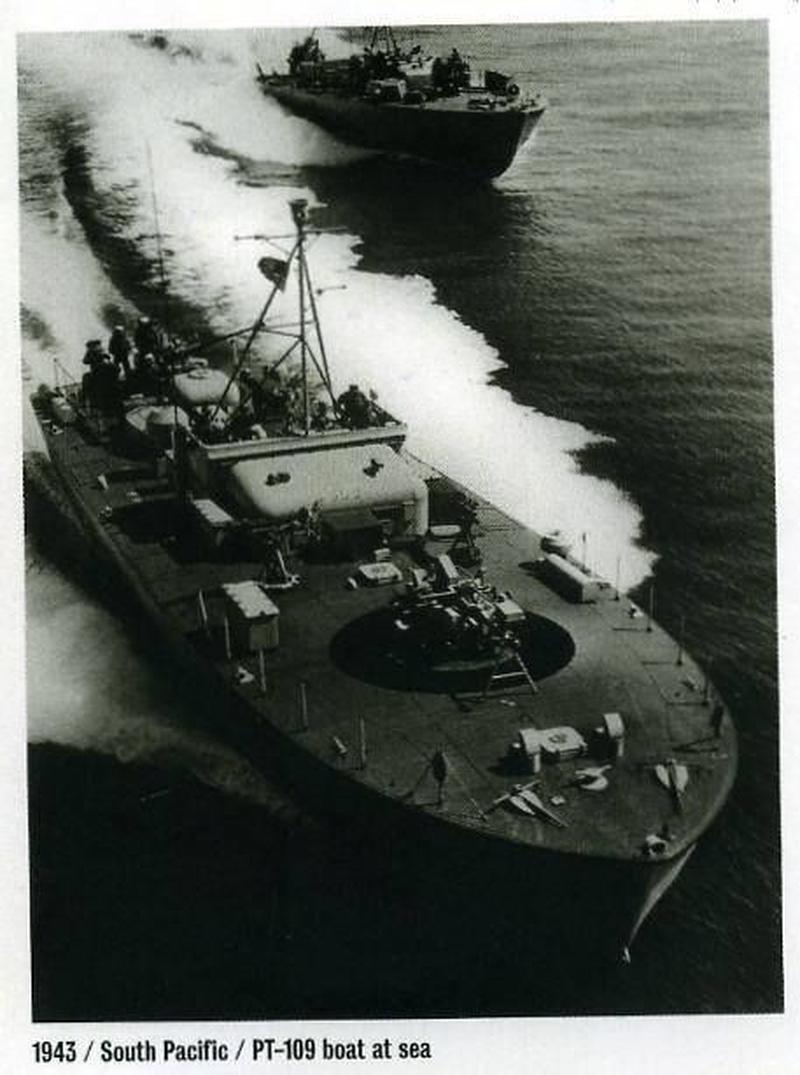
The wreck of PT-109 is classified as a war grave. This means the site is legally protected from disturbance under the Sunken Military Craft Act. It prohibits tampering with U.S. warship wrecks and honors those who served aboard. So, despite curiosity or sentimentality, no salvage operations are allowed to disrupt the site.
This protection isn’t just bureaucratic red tape. PT-109 represents a hallowed resting place of history and lives lost in battle. The U.S. Navy’s maritime archaeologists oversee this and other naval wrecks worldwide. They ensure respect and preservation, rather than souvenir hunting or risky recovery missions.
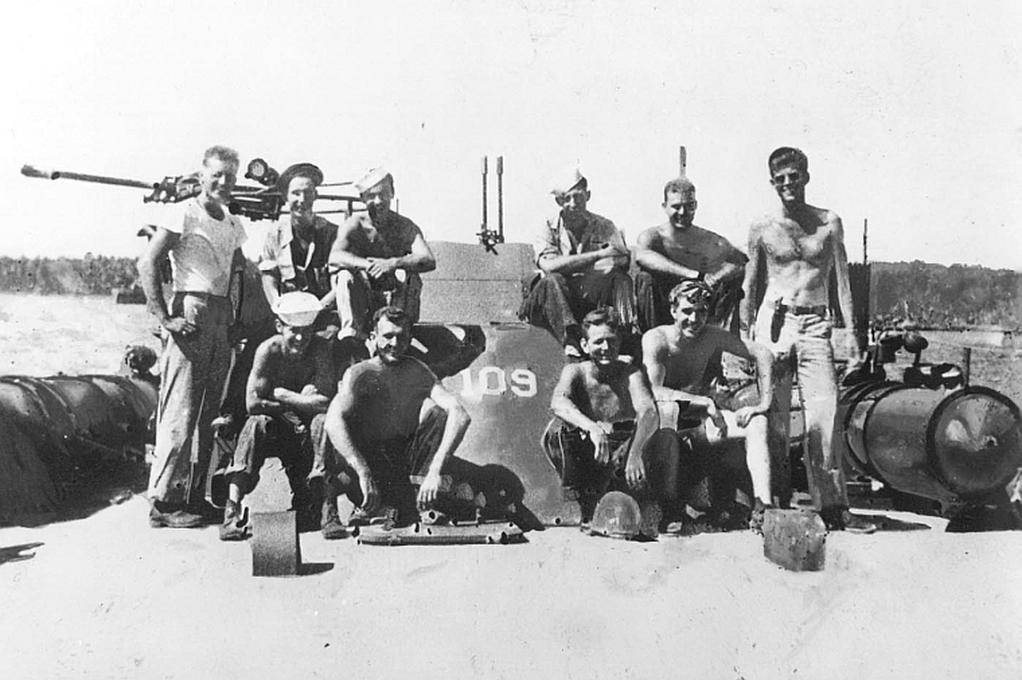
Discovered but Fragmented: National Geographic’s Search
Back in the early 2000s, National Geographic funded a major underwater expedition to locate PT-109’s remains. Their search was successful but revealed a grim reality—the wreckage doesn’t sit neatly in one spot. Instead, it’s fragmented and spread across a broad underwater area.
Trying to piece together a war craft broken in half amid the harsh water currents is like trying to solve a puzzle where half the pieces got tossed overboard during a storm. It’s a monumental challenge, not just in locating but in raising or restoring any part of PT-109.
Why Not Raise It? The Challenges and Hazards
Imagine lifting a broken boat from the ocean floor in one of the world’s rougher marine passageways. Hard currents buffet the Strait of Gizo and Vonavona, echoing the cruel conditions JFK and his crew battled decades ago—and presenting modern-day risks to any diver or crew attempting to disturb the wreck.
Plus, the environment beneath the waves holds more than just wreckage. Unexploded ordnance (UXO) is a constant threat. World War II left behind mines, bombs, and shells that can still explode unexpectedly, posing grave danger to anyone near PT-109’s site.
To put it simply, raising PT-109 isn’t just complicated; it’s downright risky and potentially deadly without the right preparation, equipment, and permissions.
The Solomon Islands: Nature’s War Museum
The area around PT-109 isn’t unique in preserving relics of conflict. The Solomon Islands is an open-air war museum. It’s dotted with rusting landing craft hulls, pontoon bridges hanging over lagoons, and even old airstrips turned provincial airports.
These relics remind us not just of history but of ongoing danger. UXO still claims lives there, long after the battle ended. Organizations like the Halo Trust work tirelessly to clear unexploded ordnance from the islands, making them safer for locals and visitors.
For the History Buff: Documenting the Search
If you’re intrigued by the saga of PT-109 and the underwater search, Robert D. Ballard’s 2002 book Collision With History: The Search for John F. Kennedy’s PT 109 offers a detailed account. Ballard, famous for discovering the Titanic, took on this mission with patience and determination. His narrative captures the thrill of discovery and the sobering truths of warwreck preservation.
Is There a Push to Rescue PT-109?
Here’s the honest scoop: no serious effort exists to raise or rescue PT-109. It’s simply too fraught with legal, ethical, logistical, and safety challenges. The Navy values it as a war grave, meaning it should remain undisturbed out of respect for those who served and sacrificed.
And that’s probably for the best. Would a raised, broken torpedo boat in a museum tell the story of resilience and heroism better than its silent underwater resting place?
What do you think? Is preserving history in its resting place more meaningful, or would bringing PT-109 up help keep JFK’s wartime story alive for future generations? Share your thoughts!
Lessons from PT-109’s Story
- Historical wrecks are often best left undisturbed to honor their significance.
- Challenging environmental conditions make marine archaeology complex and risky.
- UXO remains a legacy threat long after wars end, requiring ongoing humanitarian efforts.
- Preservation through research, storytelling, and respectful protection can keep history alive without physical salvage.
So, the next time you read about PT-109 or JFK’s daring escape, picture the torpedo boat lying peacefully under the waves of the Solomon Islands—half submerged but eternal in American naval lore. Not all treasures belong on display; some are best left telling their tale quietly beneath the sea.
